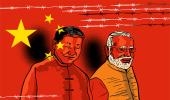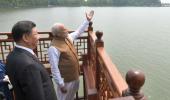'They have done in Eastern Ladakh what we did in Dokalam in 2017.'

"One of the reasons for the flare up is that the Chinese are trying to signal to India to hasten up the process of boundary resolution between India and China."
"Unless the two militaries have a line which they adhere to, these incidents will continue to happen," says Ambassador Gautam Bambawale, India's envoy to China during the Wuhan summit in April 2018.
At the summit, India and China agreed to avoid military standoffs like Dokalam and Ladakh. Ambassador Bambawale, an expert on India's relations with China who speaks fluent Mandarin, discusses the current standoff with Rediff.com's Archana Masih in the first of a two-part interview:
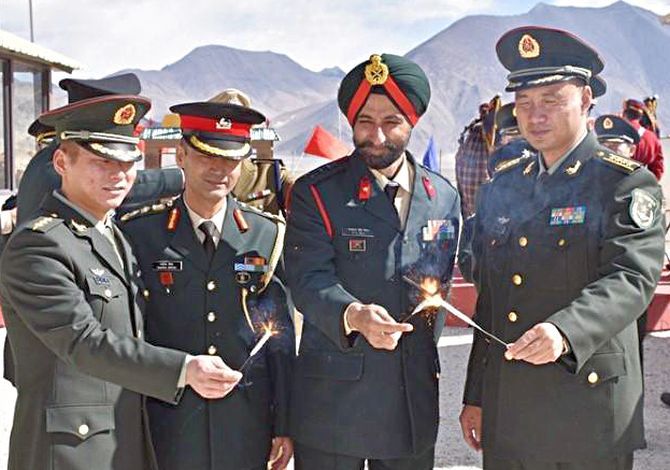
The most significant outcome of Wuhan at which you were present was to avoid events like a Dokalam stand-off, where military commanders on the ground would not escalate matters on their own without reference to senior officers and governments in Beijing and New Delhi.
In your opinion, what could have led to the resolutions of Wuhan being ignored and the current standoff in Ladakh?
The current template of India-China relations was set and established in December 1988 when then prime minister Rajiv Gandhi visited Beijing and held discussions with China's then supreme leader Deng Xiaoping.
The template agreed to then continues till today. The basic premise of that template is that while India and China discuss the boundary question between them, the relations in other areas of interaction like political, cultural and economic will continue to move ahead.
Since 1988 -- in these 30 odd years -- the world has changed, and both India and China have changed.
There is a need for a new paradigm and template in which to conduct India-China relations.
At Wuhan the major objective was to see if we can arrive a new paradigm or template.
Unfortunately, this is still a work in progress even after the meetings in Wuhan and Mamallapuram.
Therefore, the search is on for a new paradigm with which to conduct India-China relations.
There is no doubt that some of the standard operating procedures that were established between the Indian Army and the Chinese People's Liberation Army have definitely not been adhered to this time.
We will first have to de-escalate the current situation to know why that has happened.
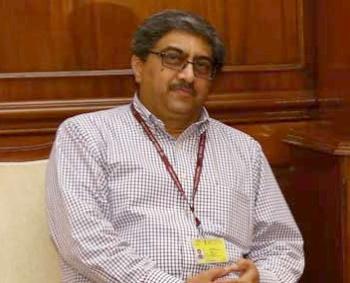
Ambassador Gautam Bambawale. Photograph: Kind courtesy DefenceMinIndia/Twitter
What could the new template for conducting India-China relations be?
In the last 30 odd years, the Chinese military and economic power has increased tremendously.
India's economic and military strengths have also increased, but there is an asymmetry in the power differentials.
Therefore, the two countries need to come to a new template to conduct their relations.
It is for the political leadership of the two countries to work this out, and like I said, it is a work in progress and hasn't been completed after the two informal summits between Prime Minister Modi and President Xi Jinping in Wuhan 2018 and Mamallapuram 2019.
The Chinese media says the Indian Army was building military infrastructure in areas which China considers its own -- do you think this was the reason for the Chinese aggression in Ladakh?
There are several factors:
- There is a bit of worry about the infrastructure development and road building that has happened on the Indian side. As a result, we are catching up with the infrastructure and road development on the Chinese side.
- The second element that very few have referred to is the tit-for-tat approach adopted by the Chinese. They have done in Eastern Ladakh what we did in 2017 in Dokalam.
- There is an aggressiveness of the Chinese military, including in the South China Sea, East China Sea and now in the India-China border areas.
- The Chinese are trying to signal to India their displeasure about the changes India has made in Jammu and Kashmir and the creation of the Union territories of Ladakh and J&K.
- One of the reasons the Chinese could have done what they have in Eastern Ladakh is to signal to India that it is extremely important to accelerate the process of the boundary resolution between India and China, which is taking place through the Special Representatives of both the countries.
All these factors have had a role in what is happening in Eastern Ladakh.
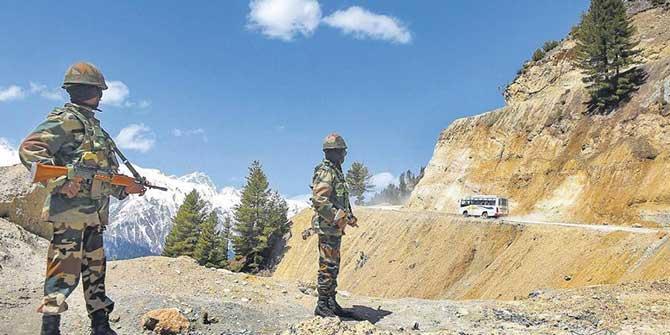
Do you believe that the PLA's actions in Ladakh were the result of China wanting to assert itself post the COVID-19 pandemic, further from its actions in Hong Kong, the resolution on Taiwan and belligerence in the South China Sea?
This is one of the five factors I mentioned above. There is little doubt that global public opinion in large parts of the world has swung against China due to the coronavirus pandemic.
The image of China has taken quite a beating in the public mind in many countries across the globe and in India.
As a result, the Chinese reaction has been to go on the offensive. One example is what the Chinese call the 'Wolf Warrior' diplomacy.
The other is through military aggression like what we are seeing on the South China Sea and the India-China border.
In my opinion, the Chinese aggressiveness is not going to do them any good.
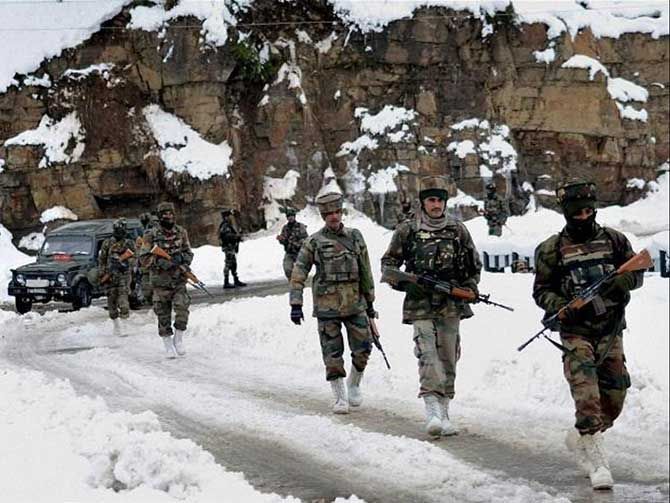
The resolution of the current standoff was assigned to senior military commanders rather than diplomats -- why do you think this happened?
Was it because the government felt that this issue was best dealt at the military level rather than by diplomats?
That is an incorrect understanding of the ongoing processes. A couple of days before the commanders met on the border, there were discussions between senior officials of the Indian ministry of external affairs and the Chinese foreign ministry which is called the 'Working mechanism on consultation and coordination for India-China border affairs'.
That process has both civilian and military officers. On one hand there is military diplomacy which is at play through meetings at the border itself, but on the other hand there are also other forms of diplomacy between New Delhi and Beijing.
Hence, discussions are taking place at several levels. Eventually the standoff in Eastern Ladakh can only be resolved to the status quo through negotiations and discussions.
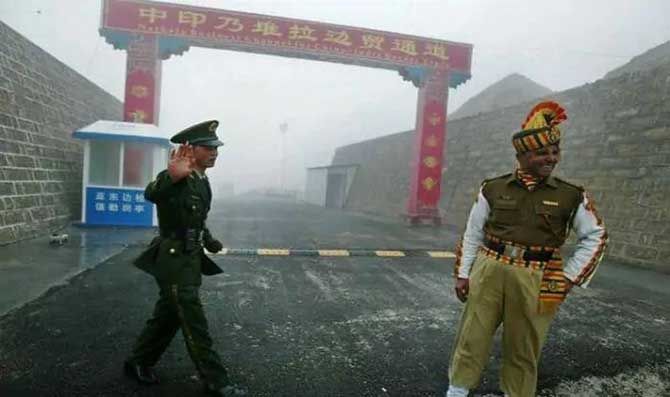
We see repeated incidences like Depsang in 2013, Dokalam in 2017 and Ladakh 2020. Is this the new normal for India-China relations where military transgressions will reoccur with greater frequency?
There have been these transgressions and they will continue to happen.
That is why I am led to believe that one of the reasons this flare up has taken place is because the Chinese are trying to signal to us that it is time to hasten or speed up the process of boundary resolution between India and China.
Unless the two militaries have a line which they adhere to these incidents will continue to happen.
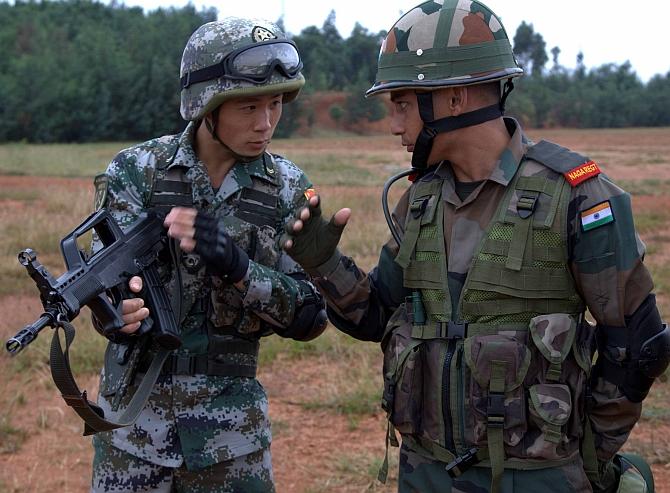
The boundary between the two countries has been unresolved for decades. What is the possibility for a resolution to this very complicated issue?
We have very senior political level discussions in the Special Representatives forum between India and China on the boundary question.
Both governments need to focus very strongly on trying to resolve the boundary issue as quickly as possible.
It might take a few years, but if the process is on in a serious and continuing way, it is possible that we could accelerate the resolution of the boundary.
It is a difficult boundary to demarcate and resolve. We need to move ahead seriously in that matter.
Defence Minister Rajnath Singh has said that India too wants an early resolution to the boundary question -- so both sides want an early boundary settlement and are working towards achieving that.
Production: Rajesh Alva/Rediff.com
